What is a Flow Meter?
What is a Flow Meter?
Flow Meter Definition
A flow meter is defined as a device that measures the flow rate of solids, liquids, or gases.
Types of Flow Meters
Mechanical Flow Meters
Optical Flow Meters
Open Channel Flow Meters
Mechanical Flow Meters
Positive Displacement Flow Meters
These meters measure flow rate by capturing the fluid in a chamber and measuring its volume. This is similar to filling a bucket with water to a specific level and then letting it flow out.
These flow meters can measure intermittent flows or meager flow rates and are suitable for any liquid irrespective of their viscosity or density. Positive displacement flowmeters can be considered to be robust as they remain unaffected by the turbulence in the pipe.
Nutating disc meter, Reciprocating piston meter, Oscillatory or Rotary piston meter, Bi-rotor type meters like those of Gear meter, Oval gear meter (Figure 1) and Helical gear meter fall under this category.
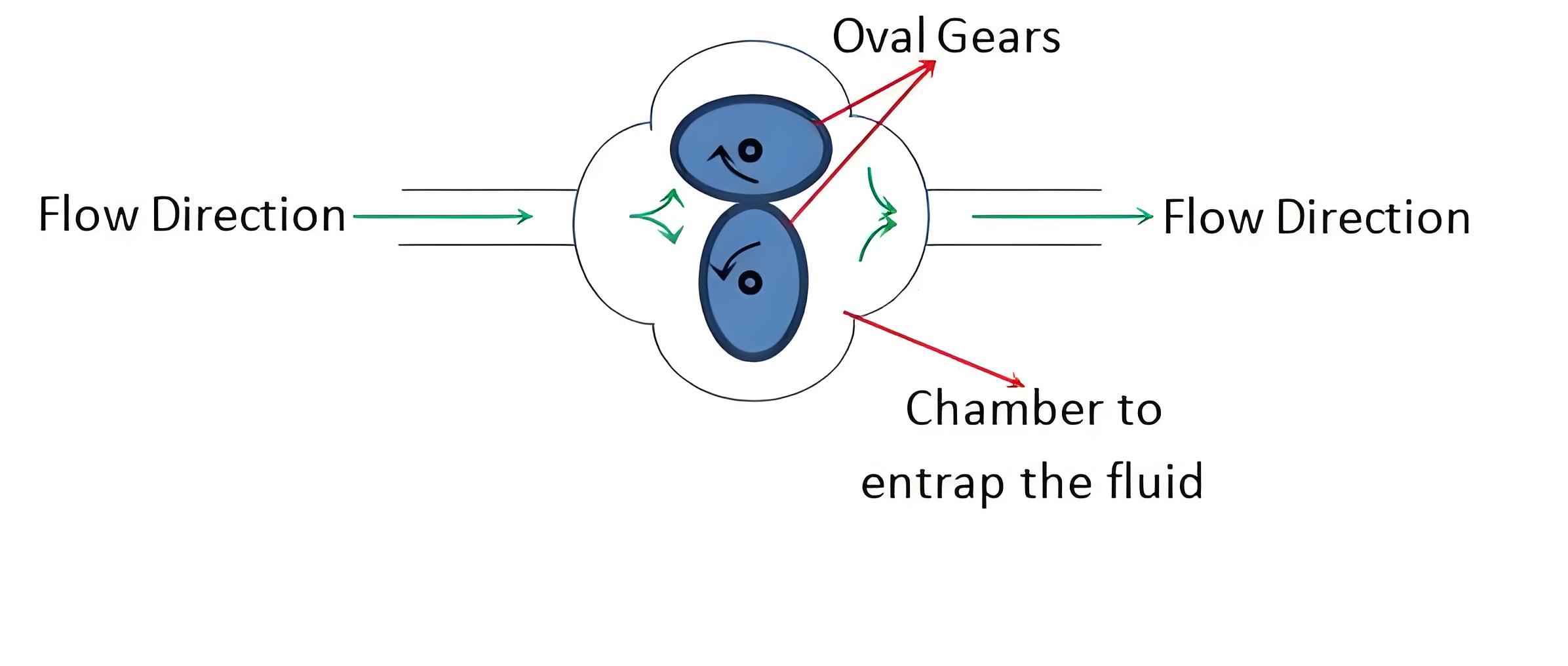
Mass Flow Meters
These meters estimate flow rate by measuring the mass of the substance flowing through them. They are typically used in chemical industries where weight-based measurements are more important than volume.
Thermal meters (Figure 2a) and Coriolis flowmeters (Figure 2b) fall under this category. In the case of thermal meters, the fluid flow cools-off the probe, which is pre-heated to a certain degree. The heat loss can be sensed and will be used to determine the rate at which the fluid will be flowing.
On the other hand, Coriolis meters work on the principle of Coriolis principle in which the fluid flow through the vibrating tube causes a change in frequency or phase shift or amplitude, which gives a measure of its flow rate.

Differential Pressure Flow Meters
Differential pressure flow meters measure flow by observing the pressure drop as fluid passes through an obstruction in its path. As fluid flow increases, the pressure drop across the obstruction also increases, which is recorded by the meters. The flow rate is proportional to the square root of this pressure drop, following Bernoulli’s equation.
Orifice plate meter, Flow nozzle meter, Flow tube meter, Pilot tube meter, Elbow tap meter, Target meter, Dall tube meter, Cone meter, Venturi tube meter, Laminar flow meter, and Variable Area meter (Rotameter) are a few examples of differential pressure flow meters.
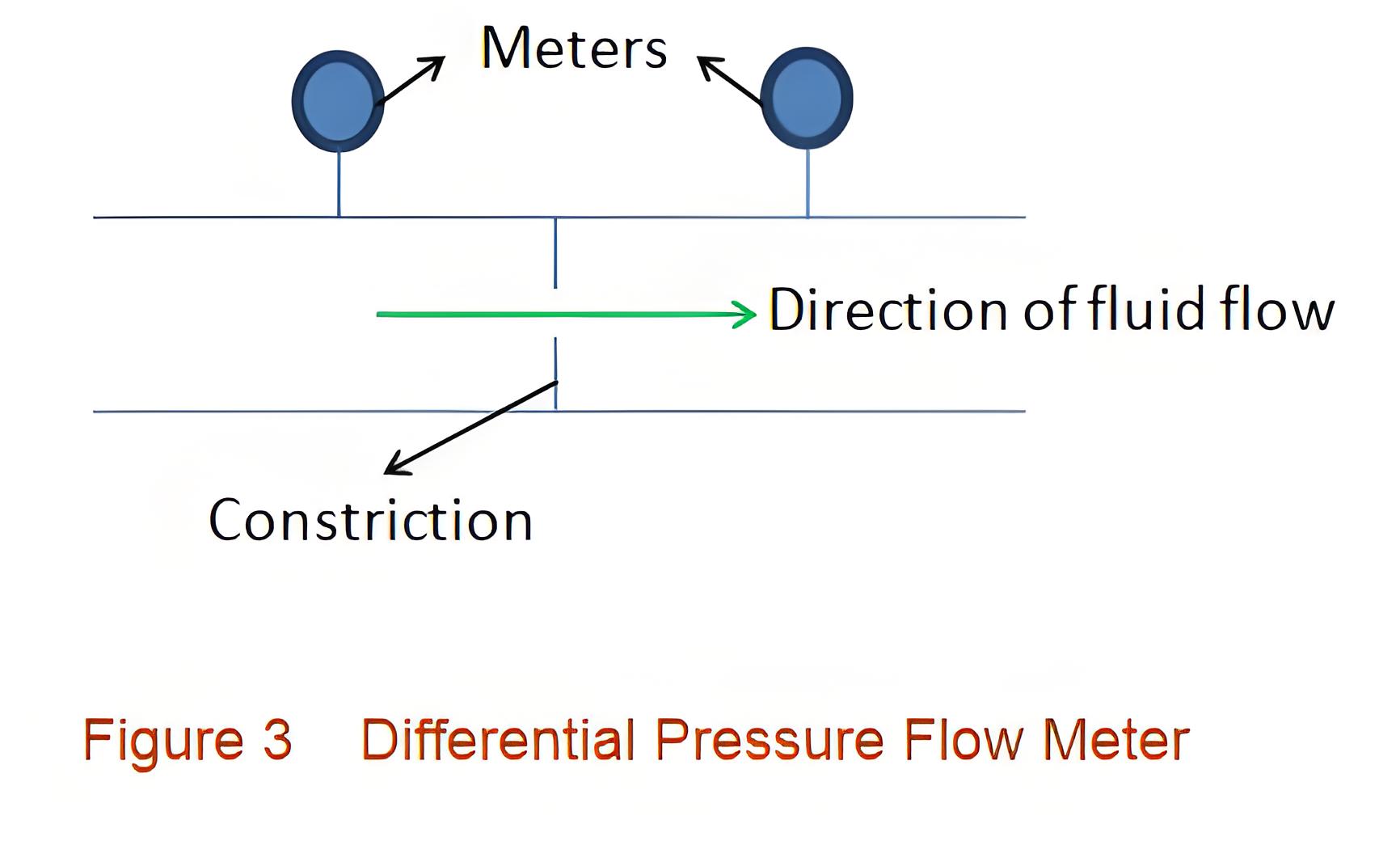
Velocity Flow Meters
Velocity flow meters estimate flow rate by measuring the fluid’s velocity. The velocity provides a direct measure of flow rate because they are proportional. These meters can measure velocity using various methods, including turbines.
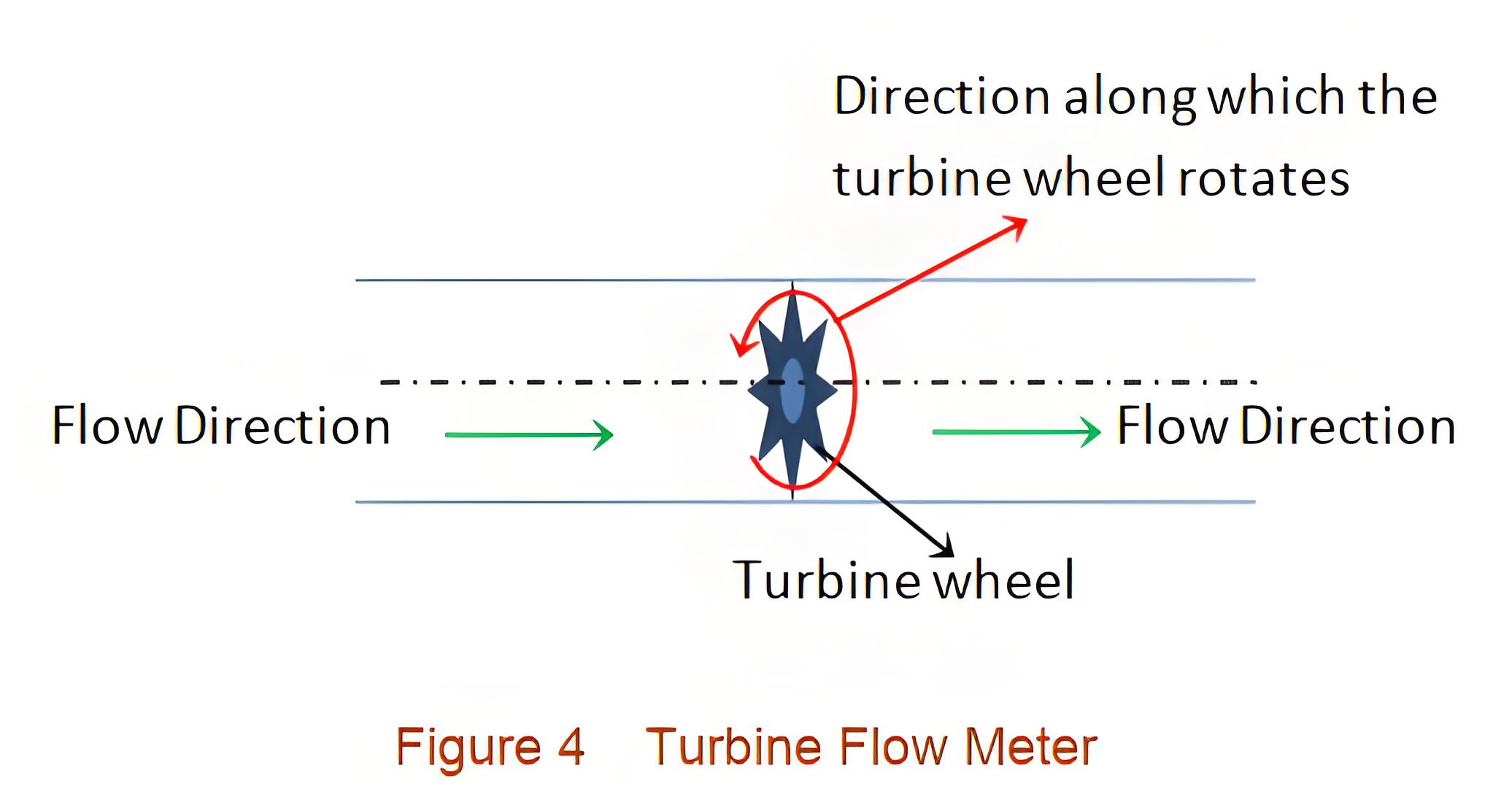
Depending on the way used to find out the velocity, we have various kinds of velocity flow meters like Turbine flow meter, Vortex Shedding flow meter, Pitot tube flow meter, Propeller flow meter, Paddle or Pelton wheel flow meter, Single jet flow meter and Multiple jet flow meter.
Flow rate measurement of fluids in hazardous environments, including those in the case of mining demands for the non-intrusive flow meters. SONAR flow meters which are a type of velocity flow meters serve this kind of requirements. Besides, ultrasonic flow meters, as well as electromagnetic flow meters, also form a part of velocity-type flow meters.
Optical Flow Meters
Optical flow meters use light to measure flow rate. They typically use a laser beam and photodetectors. Gas particles scatter the laser beam to create pulses detected by the receiver. By measuring the time between these signals, the speed of the gas can be determined.
As these meters measure the actual speed of the particles constituting the gases, they remain unaffected by the thermal conditions and the variations in gas flow. Hence, they are capable of providing highly accurate flow data even when the environment is most unfavorable, say, for example, when we have high temperature and pressure, high humidity, etc.
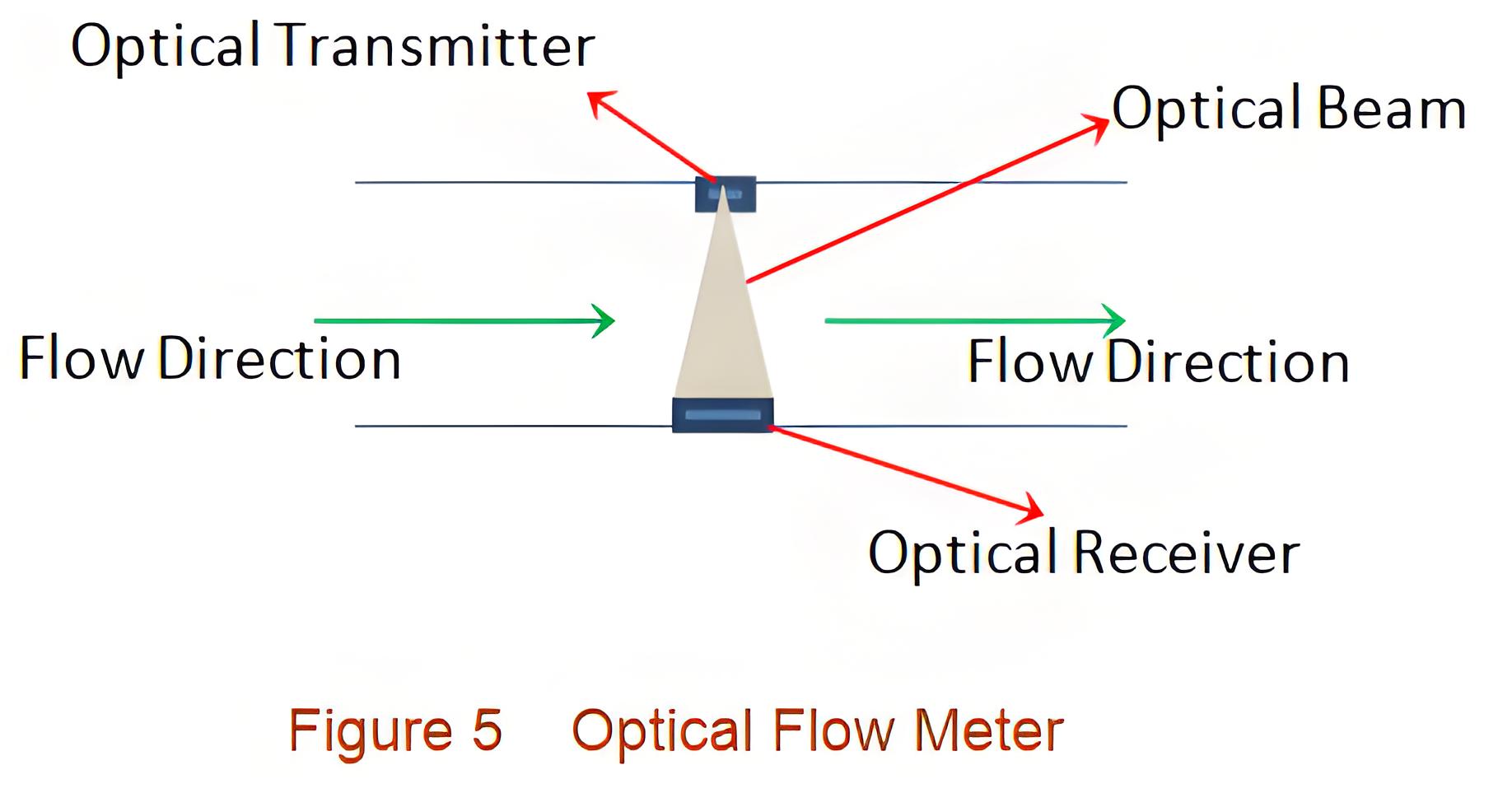
Open Channel Flow Meters
Open channel flow meters are used to measure the flow rate of a fluid whose flow path involves a free surface. Weir meters and Flume meters (Figure 6) are the open channel flow meters which use secondary devices like bubblers or float to measure the depth of the fluid at a particular point. From this depth, the flow rate of the fluid can be obtained.
On the other hand, in dye-testing based open channel flow measurement case, a certain predetermined amount of dye or salt is used to change the concentration of the flowing stream of the fluid. The resulting dilution gives a measure of flow rate of the fluid. Next, it is to be noted that the precision with which the flow meters need to operate is decided by the application for which they are used.
For example, when we want to monitor the flow of water through a pipe in our garden, it would be enough if we use a flow meter which has a lower precision than that which will be used when we need to monitor the flow of an alkali meant for a chemical process. Besides, one more factor which requires to be noted is that the flow meters, when used in conjunction with the flow valves, can perform the controlling actions successfully.
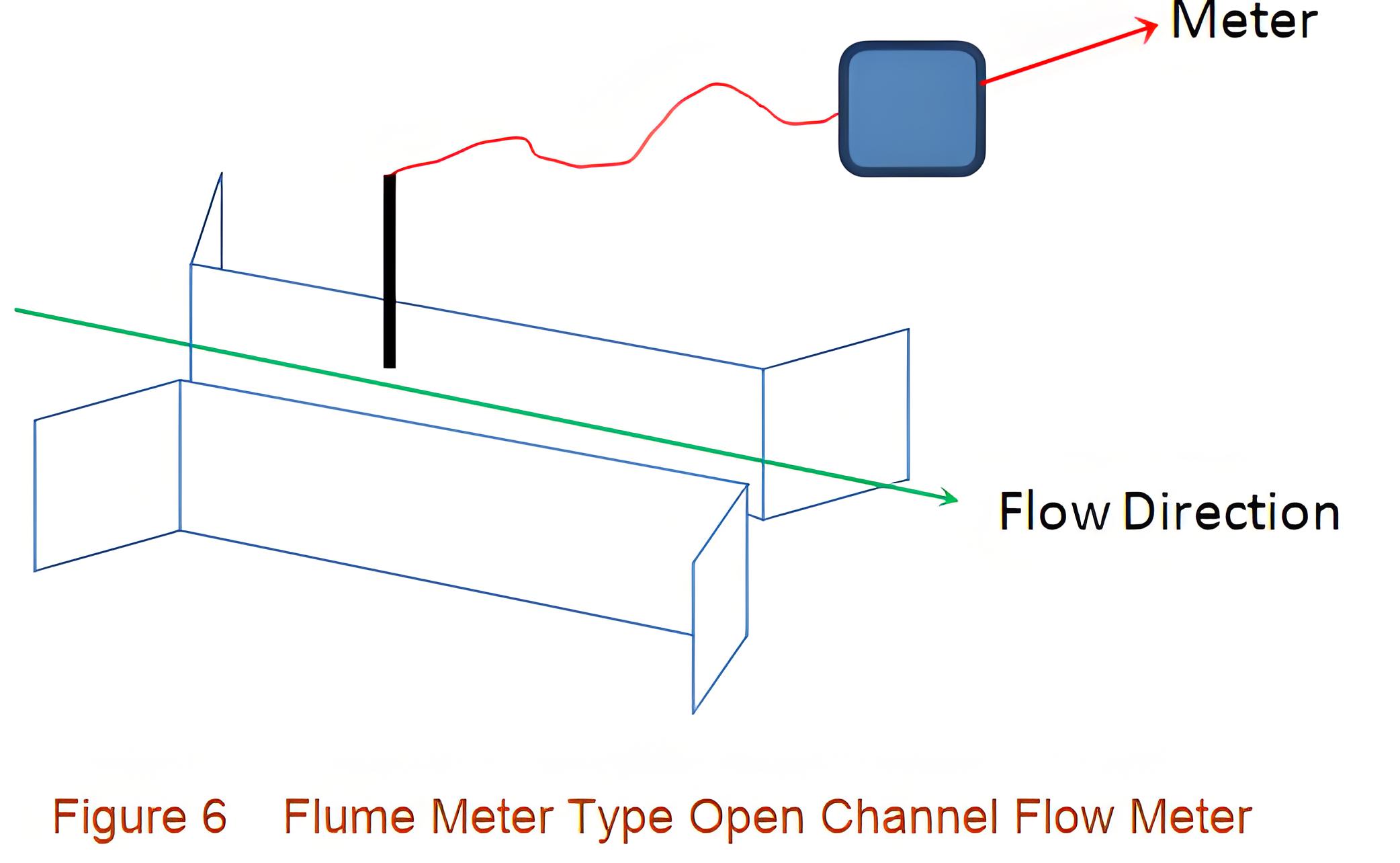
The Electricity Encyclopedia is dedicated to accelerating the dissemination and application of electricity knowledge and adding impetus to the development and innovation of the electricity industry.













